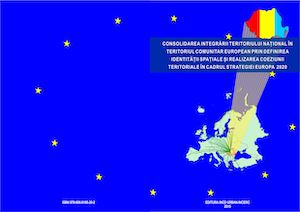
Consideraţii ecologice şi geografice privind potenţialul eco-energetic al României
The chapter presents several ecological and geographical considerations on and geospatial analyses of the eco-energy potential of Romania.
More...We kindly inform you that, as long as the subject affiliation of our 300.000+ articles is in progress, you might get unsufficient or no results on your third level or second level search. In this case, please broaden your search criteria.

The chapter presents several ecological and geographical considerations on and geospatial analyses of the eco-energy potential of Romania.
More...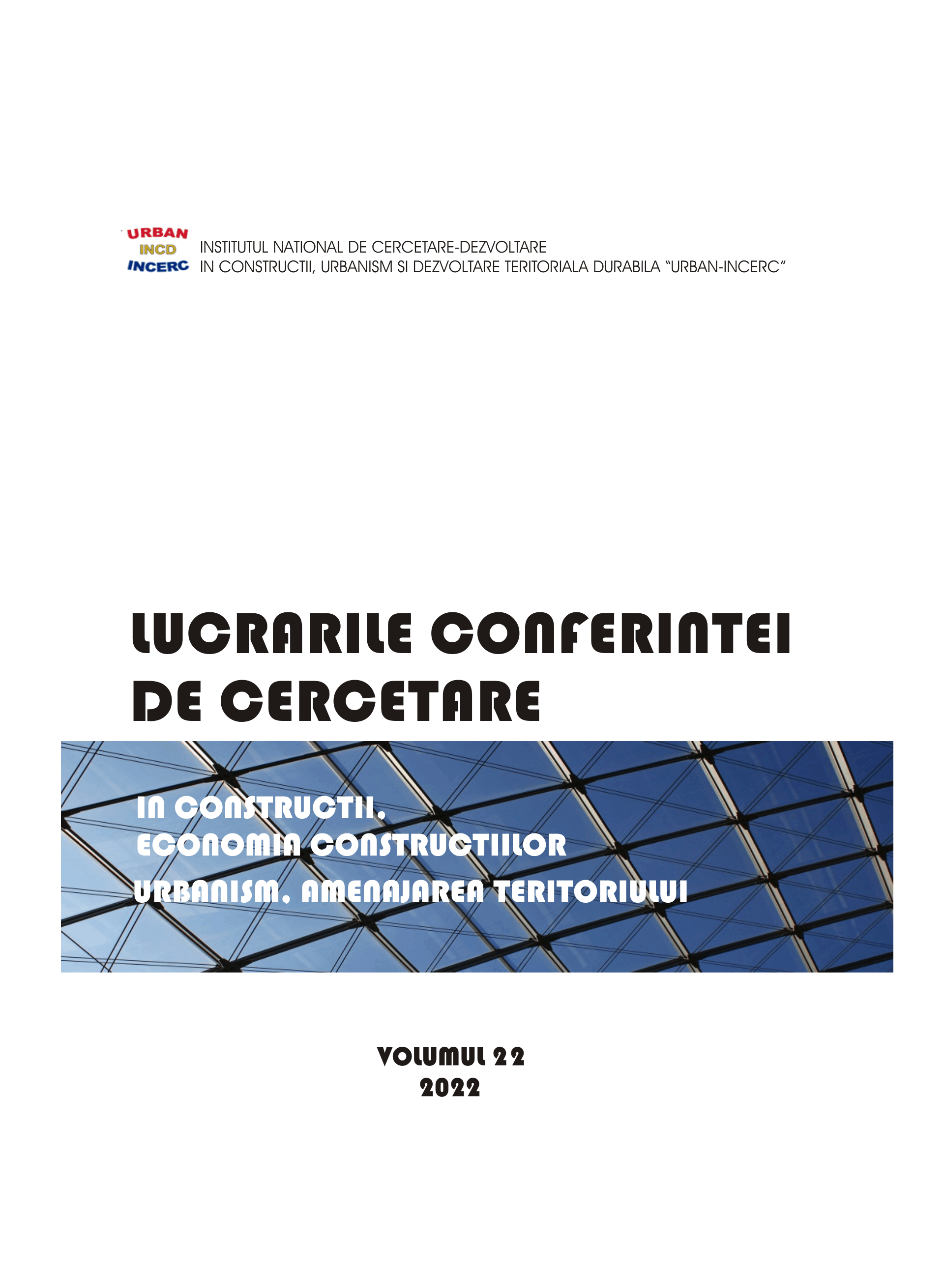
In recent decades, Iraqi historical cities have witnessed substantial urban and social changes that have turned them into unattractive places for living and investment, and where development potential has been ignored. The weakness of strategic plans regarding the consideration of the present urban development strategies has led to the random growth of the city, the distortion of cultural heritage sites and the quality of life in cities, generating social and environmental problems. That is why there is a need for the foundation of a territorial development strategy of Iraq and the studied area - the Diyala region and the city of Baquba, which is in accordance with the objectives of sustainable development at the world level and with modern urban regeneration approaches, which implies the improvement of the historical identity and cultural. The outcome of the development strategy of Dyala region and Baquba city must reflect the objectives of sustainable development and have a clear vision and strategic objectives in the short and medium term.
More...
The concept of smart growth appeared in the mid-1990s in the United States of America. The notion of a smart city emerged later, referring to how a city can favor the use of information technology. In Romania, the number of smart growth initiatives has continuously increased in recent years. Currently, there are such projects in both large and small cities. This research aims to analyze the implementation stage of smart growth initiatives in three Danube cities: Galati, Brăila and Tulcea.
More...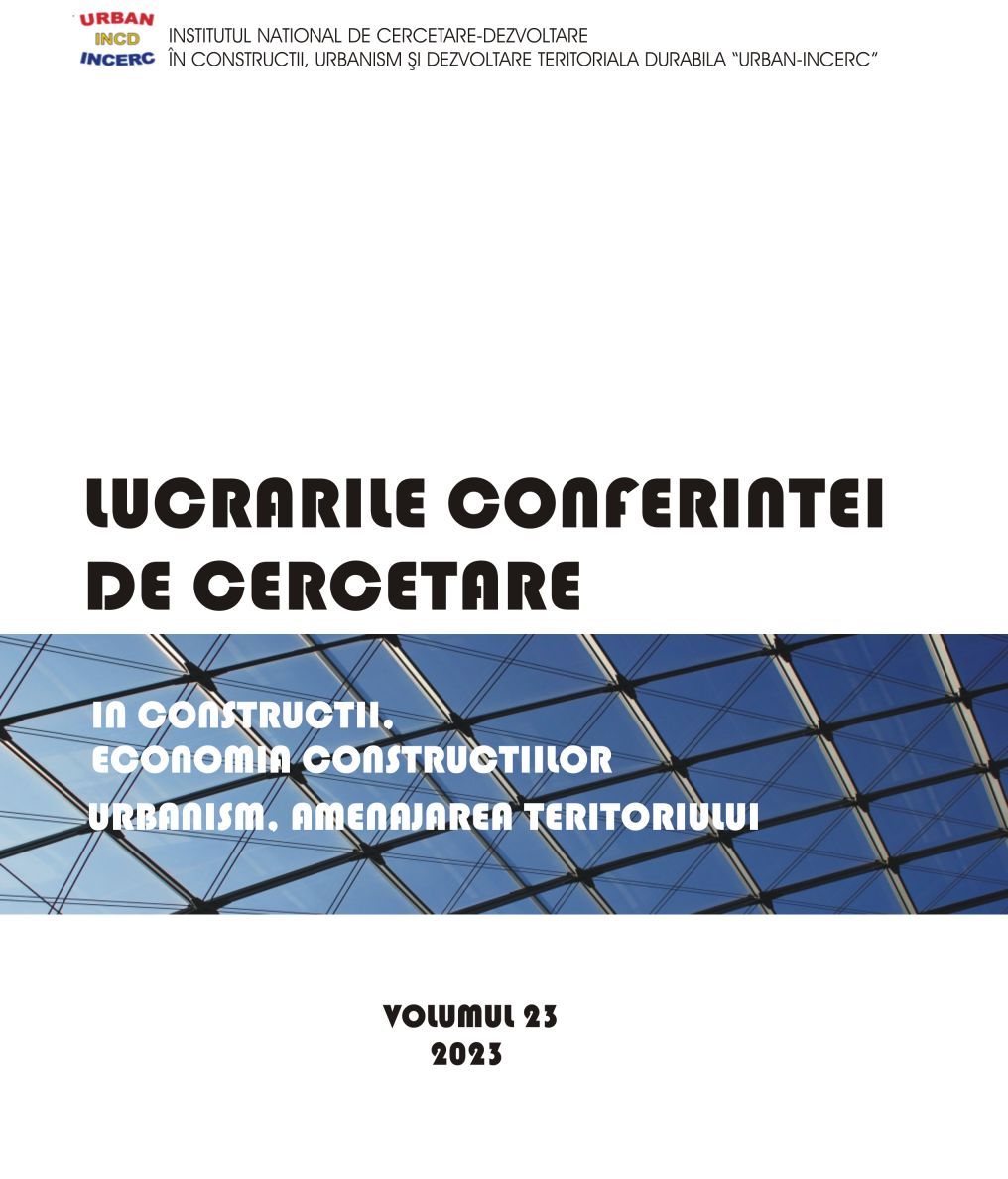
The paper explores the link between the architecture and the natural landscape of thermal baths, which were built in Hungary (Budapest) and Romania (Băile Herculane) during the early 20th century. Through a combination of various methods of inquiry, such as field trips and literature documentation, this research was able to develop a deeper understanding of the subject. The actual conditions of built heritage differs in the two countries, but are quite similar in the hazards it is prone to. With the aim of raising the public awareness of the problems facing the natural and urban landscape, this paper presents a brief description of the investigation of the thermal baths changes over time.
More...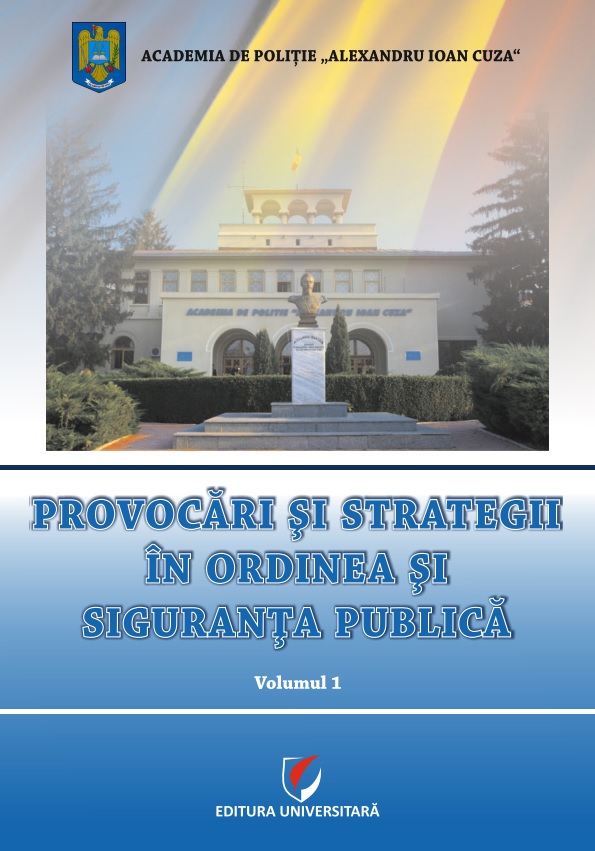
It is well known that weapons of mass destruction and the possibility of using chemical, biological, radiological/nuclear substances called CBRN are a risk of the century we live in and a threat that some state and even non-state actors are very interested to bring to the attention of international public opinion. The effects of these substances have a particular impact on environmental factors (for example, air, water, soil) and consequently on the health of the population or, as the case may be, the military actors involved. Of particular interest to specialists in the field are, on the one hand, the possibility of obtaining or, where appropriate, developing devices to determine CBRN contamination and, on the other hand, response mechanisms to ensure credible protection of those who may be affected.The issue of CBRN protection, as defined according to the NATO Crisis Response Manual, conjunction with the requirements for resilience - the initial requirements through civil emergency response measures - including the preparedness and protection of the civilian population, critical infrastructure and vital resources against CBRN threats must be elements of national interest
More...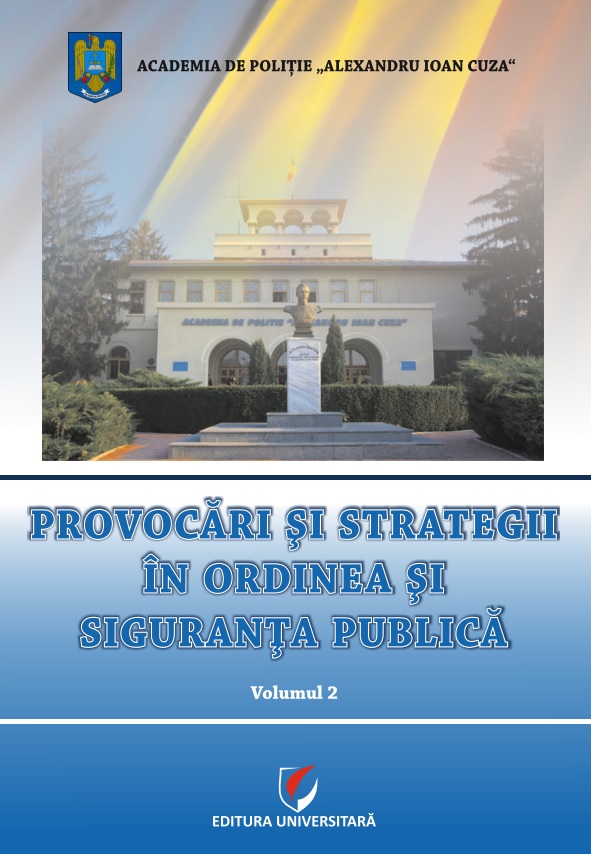
Consisting of extremely violent and seemingly random events, the phenomenon of homicides is often considered a sign of social pathology and thus the spatial dimension that it can acquire through the various processes that lead to its territorial rooting is lost sight of. Our research is focused on discovering the geographical dimensions of this phenomenon within the Romanian rural spaces. The choice of the rural area is not accidental: between 2011 and 2020 more than 62.5% of homicides were recorded in this environment, which, according to the official statistics of the 2021 census, amounts to only 47.8% of the total population. Noticing the spatial differentiation of the phenomenon allows, on the one hand, to support the construction of public prevention policies, and on the other hand, it allows the initiation of a reflection on the efficiency of the geographical distribution of the means available to the institutions charged with the administration of various operational aspects related to homicides.
More...
Spectrometry and measurements of radioactive background are used to detect and quantify levels of ionizing radiation in various environments, including air, water, and soil. These techniques allow the determination of the type and quantity of radionuclides present in a sample and can be used to evaluate the impact of radiation on human health and the environment. Spectrometry involves detecting and analyzing the radiation emitted by radioactive materials, while measurements of radioactive background refer to measuring the level of background radiation in a particular environment or location. Measurements of radioactive background are important in assessing the risks associated with exposure to radiation in a given environment. These measurements are carried out using measuring instruments such as dosimeters, radiation detectors, or spectrometers and allow the monitoring of radiation levels in various environments, including areas where there are natural or artificial sources of radiation. Overall, spectrometry and measurements of radioactive background are essential for evaluating the risks associated with exposure to radiation and for protecting human health and the environment.
More...
In conducting the investigation of the causes of the fire, through on-site investigation, the investigator/investigators are subject to risks to health and bodily integrity. After any fire, apparently, the main risk has passed, but after it several dangers remain active, some of which are visible, immediately perceptible, and others with hidden effects, with consequences over time. The article seeks to shed light on these risks and tries to induce a necessary conduct in those who investigate fires.
More...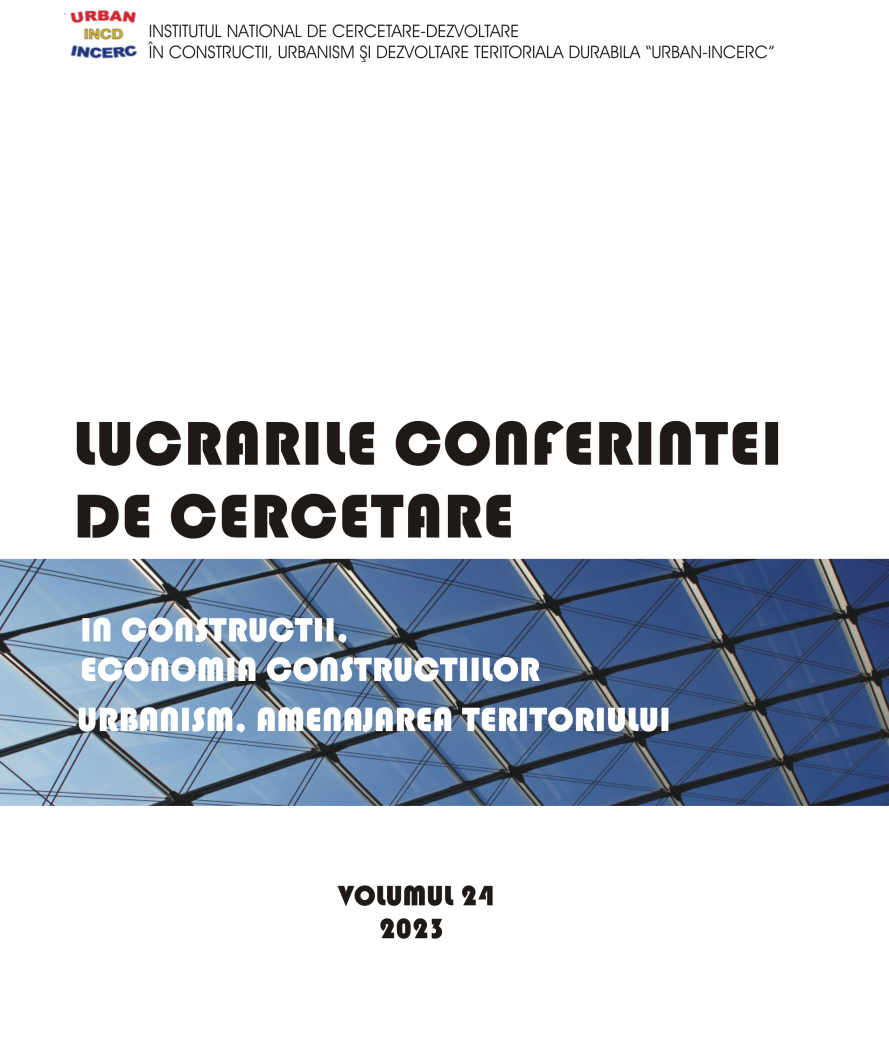
The notion of smart cities has emerged as an essential solution for tackling the significant challenges facing contemporary society, including rapid urbanization, climate change and globalization. Smart cities harness state-of-the-art technologies like the Internet of Things (IoT), Big Data, Artificial Intelligence (AI) and Machine Learning (ML) to enhance various aspects of urban life, spanning from living conditions and work environments to information accessibility, social interactions and environmental sustainability. This technological integration offers numerous benefits, accelerating infrastructure development and improving residents' quality of life. Standardization and the incorporation of international standards, such as ISO 37120, ISO 37122 and ISO 37123 play a crucial role in assessing city performance. Romania's adoption of these standards represents a significant step towards evaluating and improving its cities. However, for efficacious implementation, it is imperative to develop implementation guidelines and provide support and training to local authorities. A comprehensive list of 95 performance indicators, categorized into six domains, can provide cities with essential tools for assessing and monitoring their progress towards becoming smart cities and promoting sustainable development. Customizing these indicators to match the unique characteristics of each city and fostering close collaboration with local communities, organizations and experts are crucial aspects for shaping and overseeing strategic objectives that positively influence the quality of life and sustainable urban development. This personalized approach is vital for the successful realization of smart cities.
More...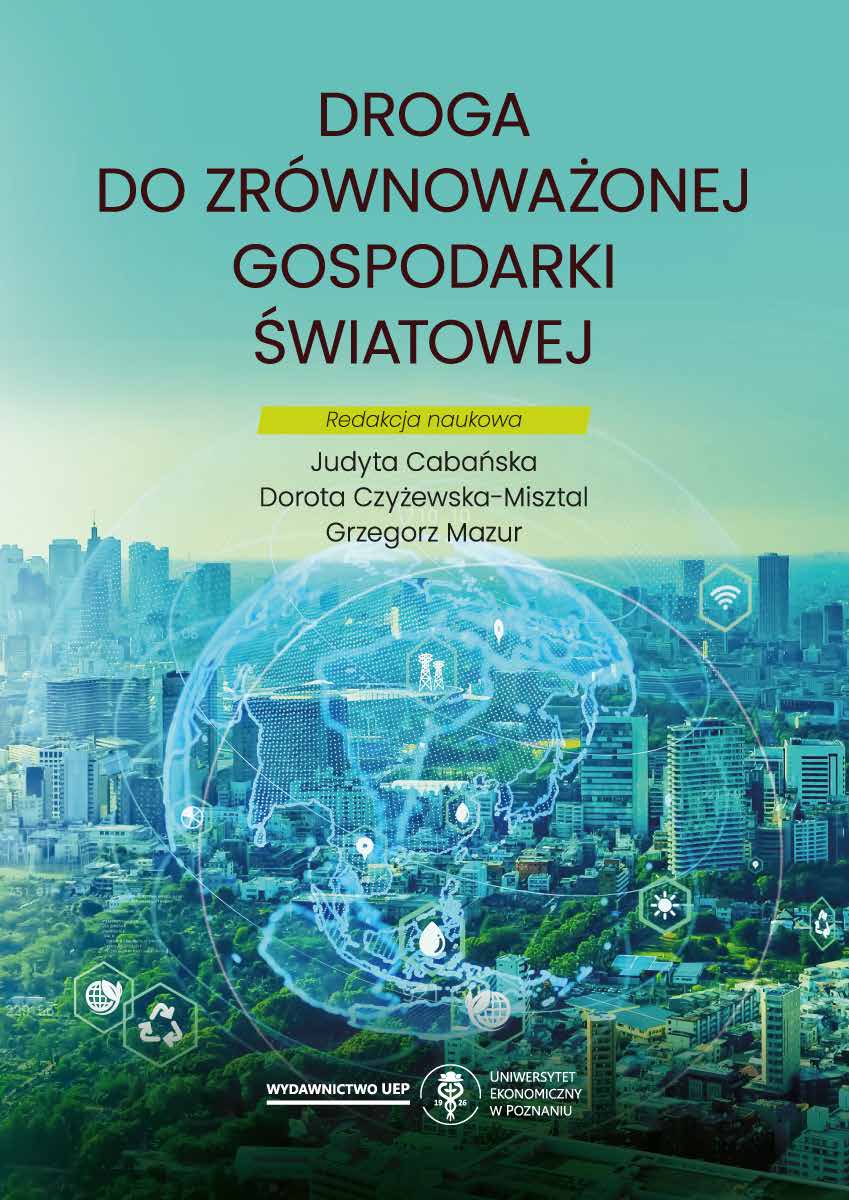
The purpose of the chapter is to reflect on global challenges from the perspective of developing countries, what is significant in order to prevent developmental disproportions from deepening. The following global challenges were identified and described: poverty and hunger, developmental inequalities, degradation of the environment and global security. Descriptive and comparative analysis methods were used in order to prepare the chapter, supplemented by presentation of research results, obtained mainly on the basis of selected descriptive statistics methods. The statistical database of the World Bank, United Nations Development Programme, Food and Agriculture Organisation and International Monetary Fund were used. Marginalisation of the developing countries and the challenges they are facing may bring tragic, and what is more global repercussions and, consequently, lead to a new division of the world, escalation of hatred, wars of Western civilisations with the followers of the extreme ideologies, rising inequalities and large uncontrolled migrations, among others. We are witnessing the destruction of ecosystems, global warming, cross continental terrorism, the problems of poverty and hunger – these are just a few of the consequences of ignorance of the problems of developing countries. The interconnections of the modern world economy leave no doubt that actions to solve them should be supported by the global community and their solutions cannot be solved without global involvement.
More...
The multi-dimensional European Green Deal strategy implemented in the European Union requires a systemic approach to achieve optimal results. One of the concepts offering a systemic approach to the implementation of the Sustainable Development Goals is the Compass for Systemic Change, which was developed in cooperation between Systemiq and the Club of Rome and published in 2020. The aim of the chapter is to discuss the concept of the Compass for Systemic Change by presenting its assumptions, the recommendations for actions contained therein and the assessment of the possibility of implementing a systemic perspective into activities undertaken in the European Union. Text analysis is applied in the chapter as a research method. The idea of the System Change Compass is to combine numerous and diverse activities to achieve climate neutrality by 2050, soas to take care of the future of our planet in the best possible way. This will not be possible without increased efforts from all stakeholders, taking into account the complexity of the entire process and the challenges that need to be faced.
More...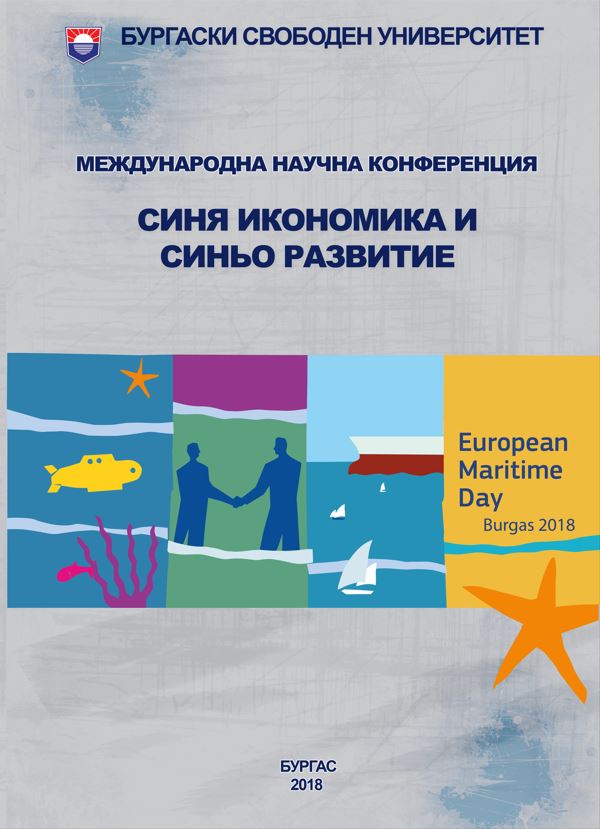
Oil pollution is one of the serious global environmental problems. Although the results of this process are still assessed as small, this is a continuous disruption of aquatic ecosystems, which gradually leads to local degradation of individual areas of the World Ocean. The amount of oil discharged is of the order of 3-6 million tons per year. The ecological impact of oil spills consists of physical and chemical changes in the development and growth of marine inhabitants, increased toxicity and, as a result, increased mortality of various species of marine animals. Over the past 50 years, several huge and dozens of smaller oil spills have been observed in the oceans and seas. The first group, which causes much greater damage - environmental destruction and huge economic losses, includes the following cases:
More...
The Danube River is a common economic, natural and tourist potential for many European countries. Cross-border tourism opens up opportunities to get to know countries, peoples and their cultures, to develop tourist infrastructure and to improve cooperation between countries in the construction of common cross-border tourist routes, which in turn will contribute to more successful marketing of tourist destinations in the river areas.
More...